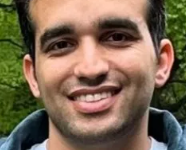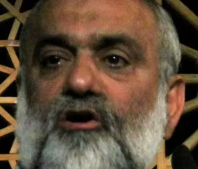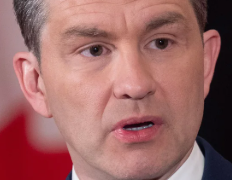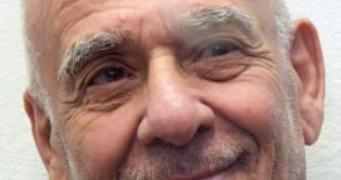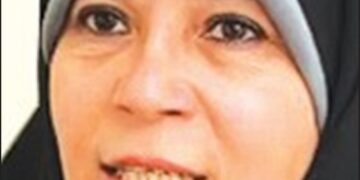February 2, 2024

Hassan Abutorabi-fard, one of Tehran’s Friday prayer leaders, says the government has not returned $100 billion it withdrew over the last decade from Iran’s National Development Fund (NDF).
This is two-thirds of Iran’s aggregate reserve fund, which was estimated to be as high as $150 billion.
“Even the resources granted by the NDF to the private sector have not been reimbursed,” said Abutorabi-fard, who has considerable say in Iran as he is a member of the inner circle of Supreme Leader Ali Khamenehi.
The NDF was established in the early 2000s by President Mohammad Khatami to save part of oil revenues for future generations and Iran’s development.
Abutorabi-fard also criticized Iran’s oil-based economy in which the prices of many goods are fixed by the state. He argued that the country needs to move away from its dependency on oil and emphasize knowledge and technology. “The share of research in Iranian companies should be four percent today, whereas it is less than one percent,” Abutorabi-fard said.
According to a report by the Majlis Research Center released in August, as stringent international sanctions struck Iran during 2011-2013, the administration of former President Mahmud Ahmadi-nejad initiated withdrawals from the NDF.
Despite the end of sanctions in 2015 after the nuclear agreement was reached, withdrawals from the NDF persisted throughout President Hassan Rouhani’s two terms (2013-2021). In his initial presidential tenure, $30 billion was withdrawn. However, when US President Donald Trump abandoned the JCPOA and re-imposed sanctions, the Islamic Republic increasingly relied on its reserves, resulting in more withdrawals from the NDF.
The pace of withdrawals accelerated further under current President Ebrahim Raisi.

